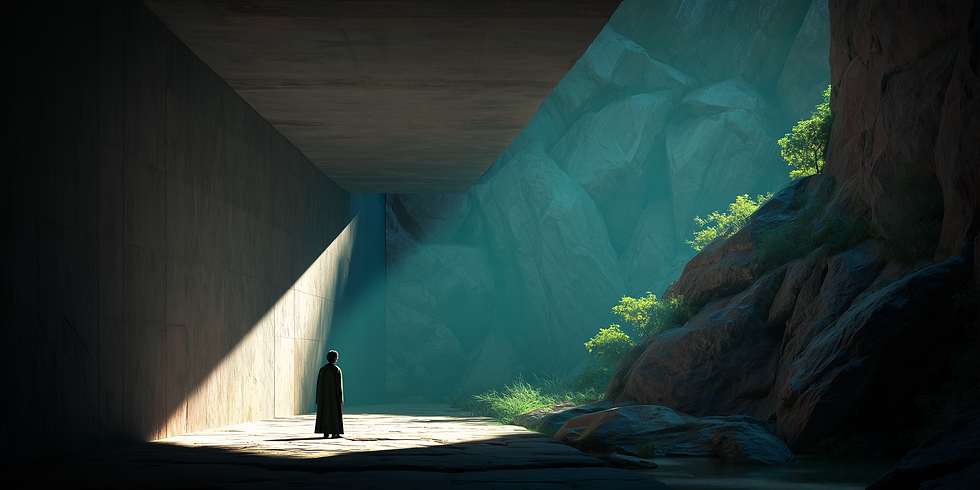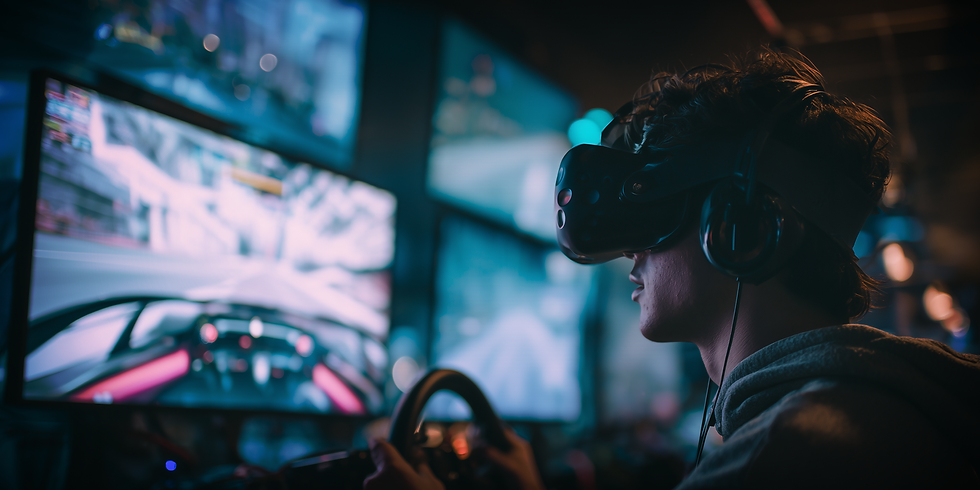Exploring Game Art Styles: From Low Poly to Hyper-Realism
- artMiker Team

- Jul 15
- 3 min read

Let’s be real—graphics aren't everything, but they sure do set the tone.
Think back to the last game that stuck with you. Chances are, it wasn’t just the gameplay or story that pulled you in—it was the look, the feel, the vibe. Whether it was the chunky charm of a low-poly puzzle world or the cinematic grit of a photorealistic adventure, art style has the power to shape the whole experience.
In this quick overview, we’re exploring the visual language of games—ranging from intentionally simple to incredibly detailed—and how each style influences the way we play and what we remember.
Low-Poly Art: Simple Shapes, Big Emotion
Once a necessity (hello, limited polygons), now an aesthetic choice. Low-poly art keeps things clean, colorful, and full of personality.
Why it works: It’s lightweight, stylish, and leaves room for imagination.
Vibes: Minimalist, abstract, artsy.
Great examples: Journey, Superhot, Monument Valley.
This style thrives in mobile games and indie titles where storytelling is done through atmosphere rather than high-def details. It's proof that less can be more.
Stylized Art: Bold, Playful, and Iconic
Stylized art throws realism out the window in favor of exaggeration, color, and creativity. Think cel-shading, painterly textures, and designs that pop off the screen.
Why it works: It’s expressive, timeless, and budget-friendly.
Vibes: Fantasy, comic-book, animated.
Great examples: Fortnite, Zelda: Breath of the Wild, Hades.
Stylized visuals stretch far beyond the rules of the real world—and that freedom lets developers build worlds that stick in your head and heart.
Semi-Realism: The Cinematic Sweet Spot
Not quite photorealistic, not quite stylized—semi-realistic art walks the middle path. It feels believable, but still lives in a world crafted by art direction.
Why it works: It’s immersive but expressive, polished but flexible.
Vibes: Cinematic, emotional, story-first.
Great examples: Uncharted, The Last of Us, Final Fantasy XVI.
This is where storytelling really gets to shine—every lighting choice, every texture, every camera angle is designed to pull players into the drama.
Hyper-Realism: When Games Feel Like Films
This is the high-tech stuff. Hyper-realism is all about recreating life down to the tiniest pore, shadow, and blade of grass.
Why it works: It’s jaw-dropping, immersive, and often emotional.
Vibes: Gritty, grounded, intense.
Great examples: Red Dead Redemption 2, Cyberpunk 2077, Call of Duty: Modern Warfare.
Of course, it comes at a cost—longer dev time, bigger budgets, and major hardware demands. But when done right, it’s unforgettable.
How Art Style Shapes the Player Experience
Here’s the truth: there’s no “best” style—just the one that fits your game’s soul.
A puzzle game might thrive on clean, low-poly geometry.
A cozy sim? Give us soft colors and a gentle, stylized world.
A tense survival horror? Crank up the realism and shadow detail.
Art style can guide how players feel, how they move, and even how they interpret the story. It’s a silent narrator, always working in the background.
Final Thoughts: Choose With Intention
From minimalist polygons to hyper-detailed photorealism, every art style is a creative tool. The magic happens when visual design aligns with gameplay, emotion, and purpose.
So, whether you’re designing a game, studying art, or just geeking out over textures, remember: it’s not about how real it looks. It’s about how right it feels.
🎨 Keep Exploring Game Art with Artmiker Studios
Want to dive deeper into game art design? Explore more insights from our blog:
👉 5 Expert Tips for Seamlessly Blending Art and Gameplay – Practical strategies to harmonize art, mechanics, and player experience.
👉 The Impact of Concept Art in Game Development – Learn how early concept sketches influence everything from level design to narrative tone.
👉 The Art of Storytelling Through Visual Design – Explore how color, texture, and composition guide player emotions and story beats.
🖌️ Explore more at artmiker.com/blog and stay inspired.









Comments